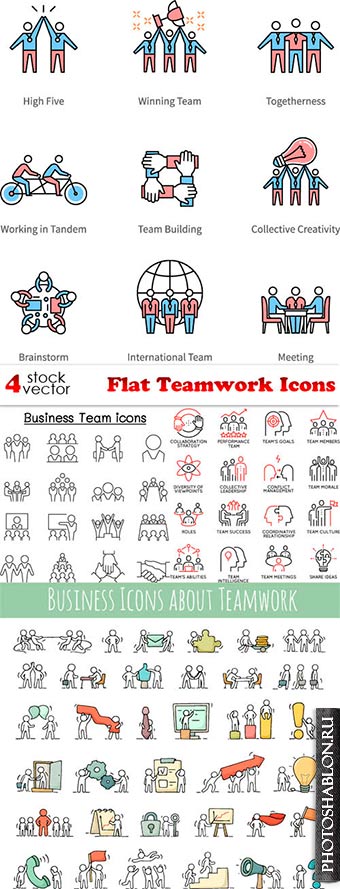
Vectors - Flat Teamwork Icons
4 AI | +TIFF Preview | 76 MB
|
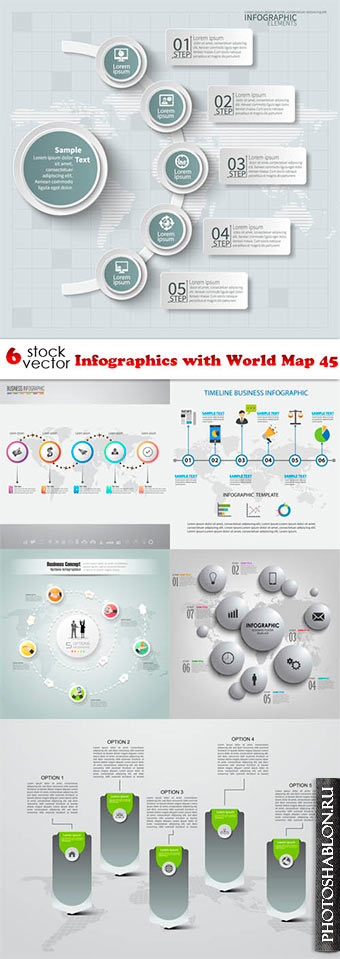
Vectors - Infographics with World Map 45
6 AI | +TIFF Preview | 85 MB
|
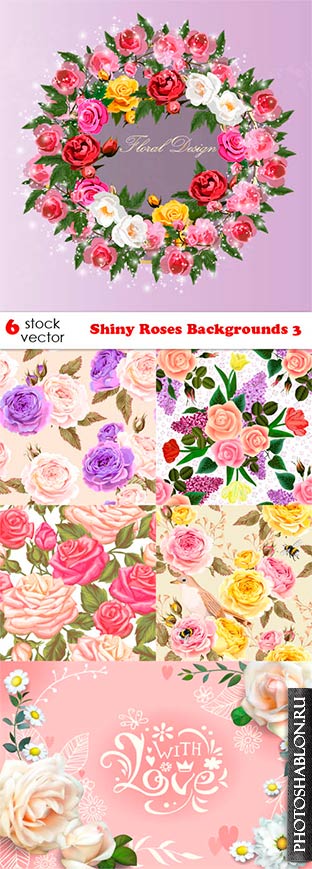
Vectors - Shiny Roses Backgrounds 3
6 AI | +TIFF Preview | 88 Mb
|
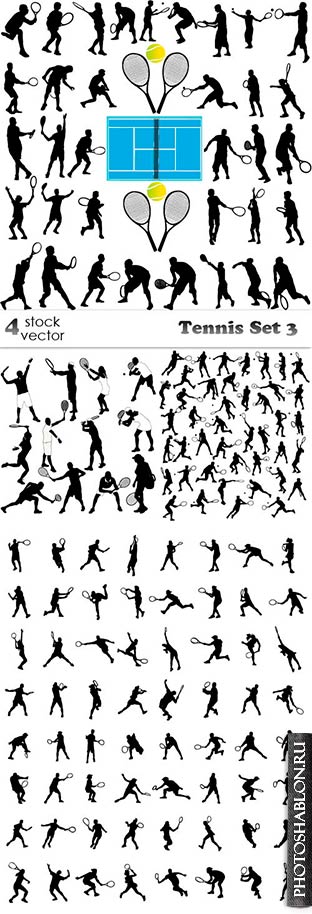
Векторный клипарт - Теннис / Vectors - Tennis Set 3
4 AI | +TIFF Preview | 54.46 Mb
|

Vectors - Abstract 3D Logo Set 14
5 AI | +TIFF Preview | 63.9 Mb
|

Vectors - Summer Sale Banners
4 AI | +TIFF Preview | 101 MB
|
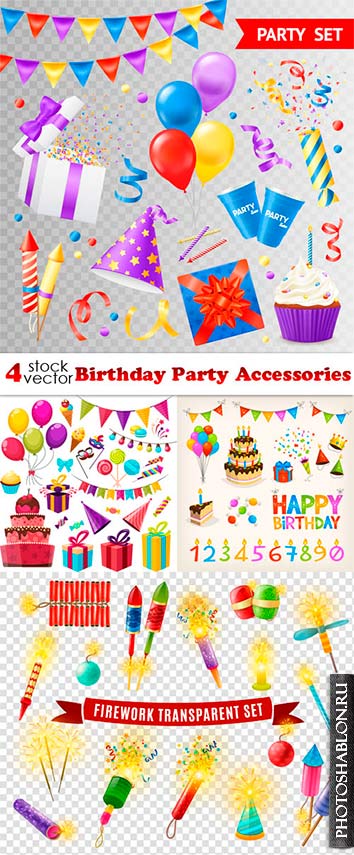
Векторный клипарт - День рождения / Vectors - Birthday Party Accessories
4 AI | +TIFF Preview | 81 MB
|
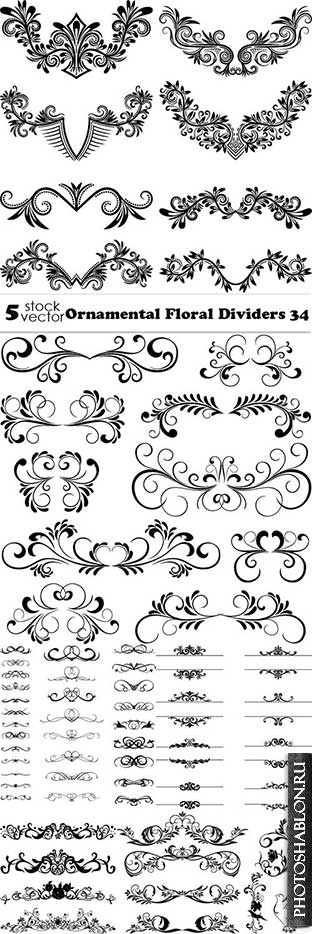
Vectors - Ornamental Floral Dividers 34
5 AI | +TIFF Preview | 55 MB
|

Векторный клипарт - Автосервис / Vectors - Car Service Backgrounds 10
5 AI | +TIFF Preview | 57.54 Mb
|

Векторный клипарт - Пирожные / Vectors - Realistic Cakes Mix 16
5 AI | +TIFF Preview | 84.08 Mb
|
|
Векторная графика, в отличие от растровой, строится не на основе сетки пикселей, а на математическом описании геометрических объектов - линий, кривых, многоугольников. Это позволяет векторным изображениям масштабироваться до бесконечности без потери качества, оставаясь четкими и гладкими даже при многократном увеличении. Каждый элемент в векторном изображении - это независимый объект, который можно редактировать отдельно, изменяя его цвет, форму, размер, положение, и т.д. Это делает векторную графику идеальным выбором для создания логотипов, иллюстраций, шрифтов, и других изображений, где важна четкость и масштабируемость.
Одним из ключевых преимуществ векторной графики является её компактность. Поскольку векторные изображения описываются математическими формулами, а не информацией о каждом пикселе, файлы обычно значительно меньше по размеру, чем их растровые аналоги. Это особенно важно для веб-графики и анимации, где размер файла напрямую влияет на скорость загрузки страницы и производительность. Кроме того, векторные файлы легче редактировать и обновлять, поскольку изменение одного объекта не требует повторной обработки всего изображения, как в случае с растровой графикой.












